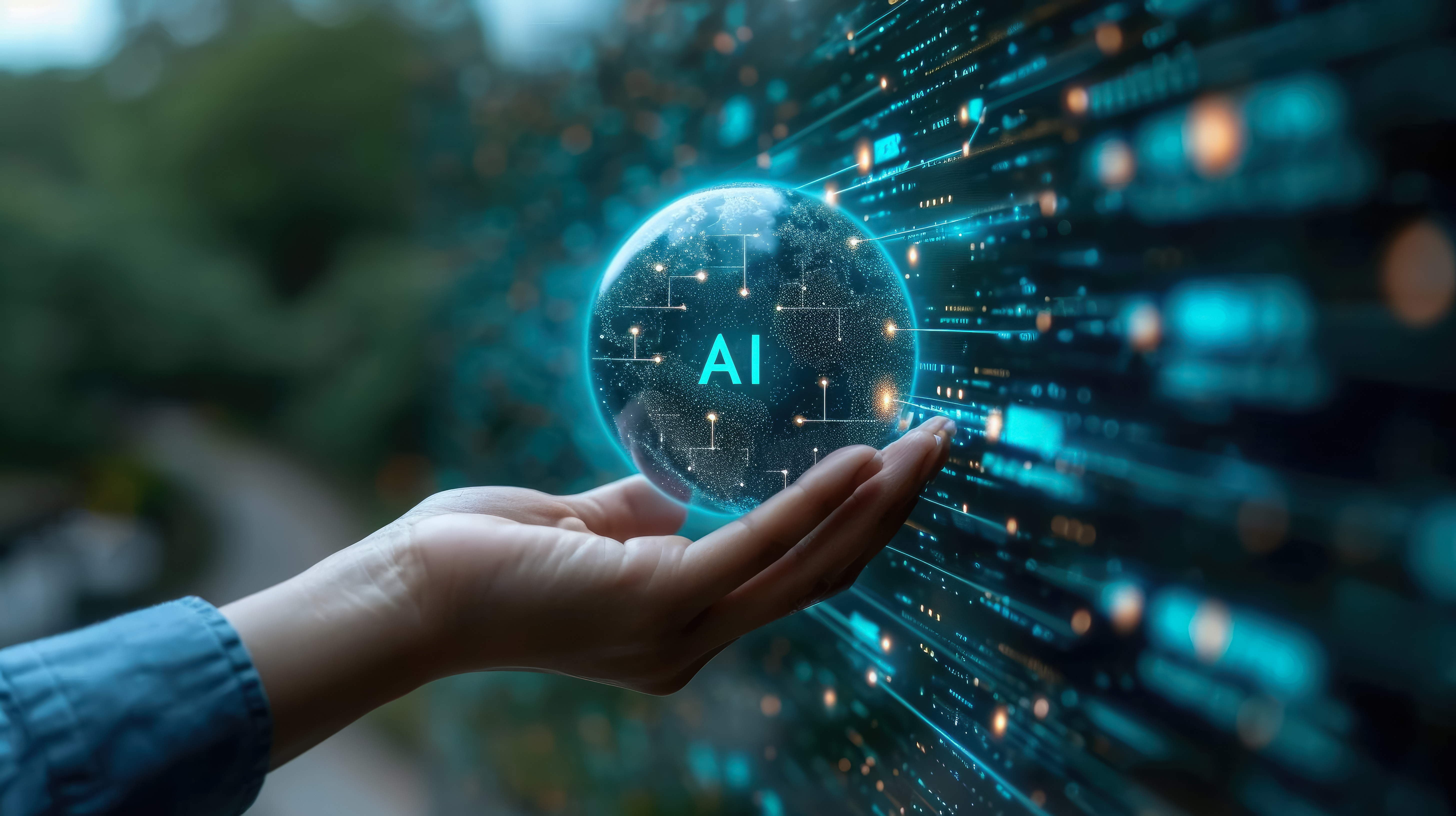Understanding the New Language of Artificial Intelligence
 Artificial Intelligence (AI) is rapidly evolving, bringing with it a host of new terms and acronyms. To help you navigate this exciting field, we’ve compiled a list of essential terms you should know. Whether you’re a seasoned professional or just starting out, understanding these concepts is crucial for staying ahead in the tech industry.
Artificial Intelligence (AI) is rapidly evolving, bringing with it a host of new terms and acronyms. To help you navigate this exciting field, we’ve compiled a list of essential terms you should know. Whether you’re a seasoned professional or just starting out, understanding these concepts is crucial for staying ahead in the tech industry.
AI: Artificial Intelligence
AI refers to the simulation of human intelligence processes by machines, especially computer systems. These processes include learning (acquiring information and rules for using it), reasoning (using rules to reach approximate or definite conclusions), and self-correction.
GAI: Generative AI
Generative AI refers to a type of artificial intelligence that can create new content, such as text, images, music and even videos, based on the data it has been trained on. This technology uses machine learning models, particularly deep learning techniques, to generate outputs that are like the training data but are original in nature.
Synthetic ID:
Synthetic IDs, or synthetic identities, refer to a type of fraud where a new identity is created by combining real and fake information. This false identity is then used to commit various types of fraud, often financial. Unlike traditional identity theft, where a criminal steals and uses an existing person’s information, synthetic identity fraud involves creating a new, fictitious identity.
Deepfake:
Deepfake refers to the use of artificial intelligence and machine learning techniques to create highly realistic and often deceptive digital content, primarily videos and audio. The term Deepfake is a combination of “deep learning” (a subset of machine learning) and “fake.”
DL: Deep Learning
Deep Learning is a subset of Machine Learning involving neural networks with many layers. These models can analyze large amounts of data and are particularly useful for image and speech recognition.
ML: Machine Learning
Machine Learning is a subset of AI focused on the development of algorithms that allow computers to learn from and make predictions based on data. ML techniques are used in a variety of applications, such as email filtering and computer vision.
FML: Federated Machine Learning
Federated Machine Learning is a technique that allows machine learning models to be trained across multiple decentralized devices holding local data samples, without exchanging their data.
NLP: Natural Language Processing
Natural Language Processing involves the interaction between computers and humans using natural language. It enables machines to understand, interpret, and respond to human language in a valuable way.
CV: Computer Vision
Computer Vision is an AI field that enables computers to interpret and make decisions based on visual data from the world. It’s used in applications like facial recognition, object detection, and autonomous vehicles.
ANN: Artificial Neural Network
ANNs are computing systems inspired by the biological neural networks that constitute animal brains. These networks are used for pattern recognition and decision-making.
GAN: Generative Adversarial Network
A GAN is a class of machine learning frameworks designed by two neural networks contesting with each other. This technique is used to generate realistic data, such as photos or videos.
RL: Reinforcement Learning
Reinforcement Learning is a type of Machine Learning where an agent learns to make decisions by taking actions in an environment to achieve maximum cumulative reward.
ASR: Automatic Speech Recognition
ASR technology converts spoken language into text. It’s widely used in voice-activated assistants and transcription services.
RPA: Robotic Process Automation
RPA is the use of software robots or ‘bots’ to automate highly repetitive and routine tasks normally performed by a human interacting with digital systems.
XAI: Explainable AI
Explainable AI refers to methods and techniques in AI that allow human users to comprehend and trust the results and output created by machine learning algorithms.
Why It Matters:
Understanding these terms is not just about keeping up with the latest buzzwords. Each concept represents a significant advancement in how we can leverage technology to solve complex problems, improve efficiency, and innovate in various fields.
As AI continues to grow and integrate into our daily lives, being familiar with these terms and concepts will help you stay informed and ready to take advantage of the opportunities they present. At Treefort, we’re committed to advancing our understanding and application of these cutting-edge technologies to leverage cybersecurity, preventing fraud, and driving innovation, delivering value to our clients.
Stay tuned to our blog for more insights into the ever-evolving world of AI!
Caitlyn Clarke
Supervisor, Customer Experience and Marketing





